About Me
Scottish Highland Cattle typically weigh 1,000 - 1,800 pounds when fully-grown. They are most easily recognizable by their long, shaggy double coat. Their outer hair may grow to 13 inches long, and it is well-oiled to shed precipitation. This oil helps the Highlands to be less affected by the snow and rain by reducing the amount that is able to saturate their coat. The inner layer of hair is a soft undercoat which insulates the Highland’s body and keeps them warm in the extreme temperatures of the Scottish Highlands. Though they enjoy the cold, Highland cattle can partially shed and regrow their hair to adapt to warm climates. The Highlands are resistant to diseases carried by flying insects because the long hair on their forehead protects their eyes from the insects. This also makes them less prone to eye problems including cancer. Highland cattle are also rarely affected by stress, resulting in fewer cases of stress-related diseases than with other European cattle.
Highland cattle can be found in a variety of colors. They are traditionally a reddish-orange color, but may also be black, yellow, white, dun, or brindle. Highlands tend to live longer than other breeds of European cattle, and will continue to reproduce until they reach around 20 years old. This longevity allows a single cow to produce many offspring in her lifetime. Both the male and female Highland grow large horns that generally tip forward, which are used to help protect from predators in open range lands. The Highland cattle are very hardy, thriving on vegetation other cattle would not eat. They also require less shelter than other cattle because their hair creates a protection against the elements. For these reasons, Highlands are excellent cattle for locations with harsh conditions and less than ideal forage availability.
They have been raised for centuries by ranchers in the harsh environment of the northern British Isle. In 1884, Highland cattle breeders were the first to establish a registry to help preserve the breed.
Scottish Highland Cattle are, as their name suggests, originally from the remote and rugged Scottish Highlands. Currently they are found in Europe, Australia and the Americas.
Snapshot
1. British Royal Family has a herd for meat.
2. Their coat sheds precipitation.
3. May be orange, red, white, dun, yellow,
black, or brindle in color.
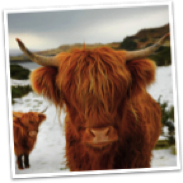
Name: Scottish Highland Cattle
Scientific: Bos Taurus
Family: Bovidae
Relatives: Domestic Cattle
Environment: Grassland (Cold)
Origin: Europe
Life-span: 12 years
Size: 1,800 lbs
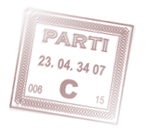



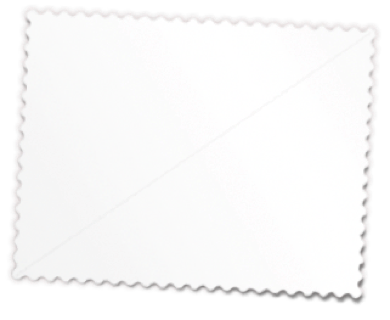

Fast Facts

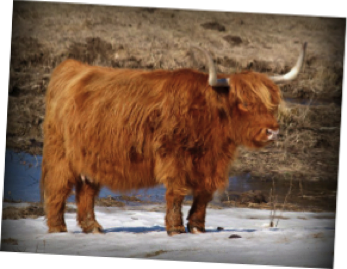
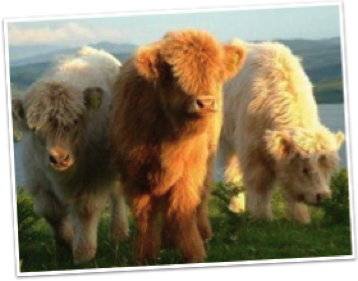

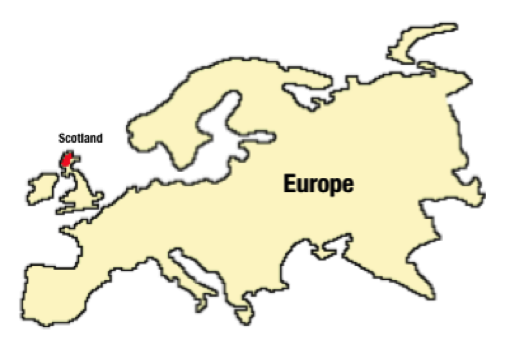
Some people say that the Highland cattle will eat what other cattle pass by, and yet thrive on it.
Meat
Highland cattle have been raised by small farmers for milk and meat for many years. They are very docile and easily managed. In the United Kingdom, meat from the Highland cattle is considered to be the highest premium-grade beef. Their ability to maintain their condition where other cattle would struggle has made them a staple of the commercial beef industry in Europe. Even the British Royal family raises a large herd for their personal use. Highlands produce a naturally lean beef that is low in cholesterol. Unlike many other breeds of beef cattle, Highlands require less expensive feeds, supplements, and shelter to achieve top quality. Highlands rarely stress, therefore their meat is not affected by stress related diseases. All of theses attributes make the Scottish Highland Cattle the beef breed of choice for those who look to produce with less costly and more natural inputs.


